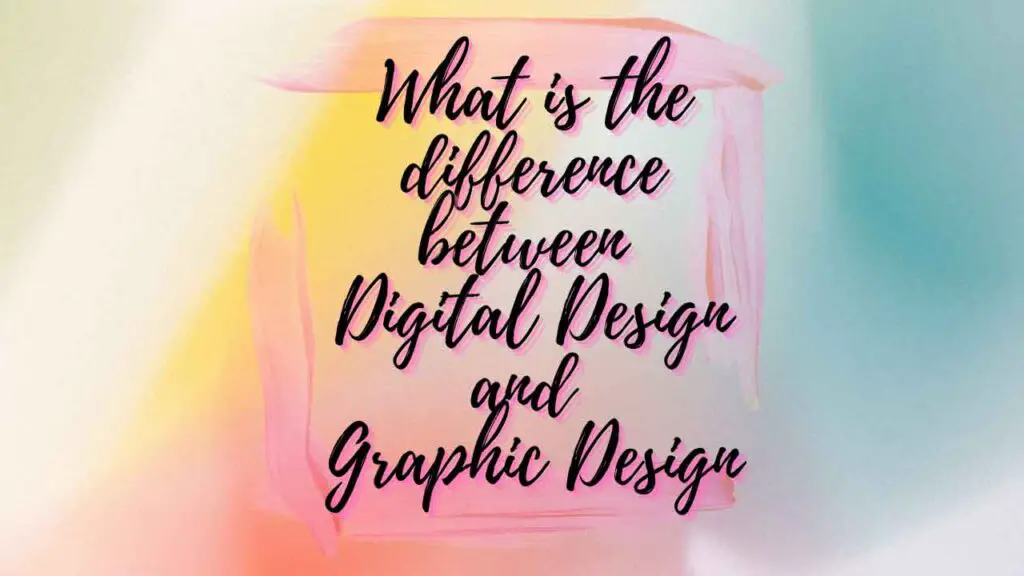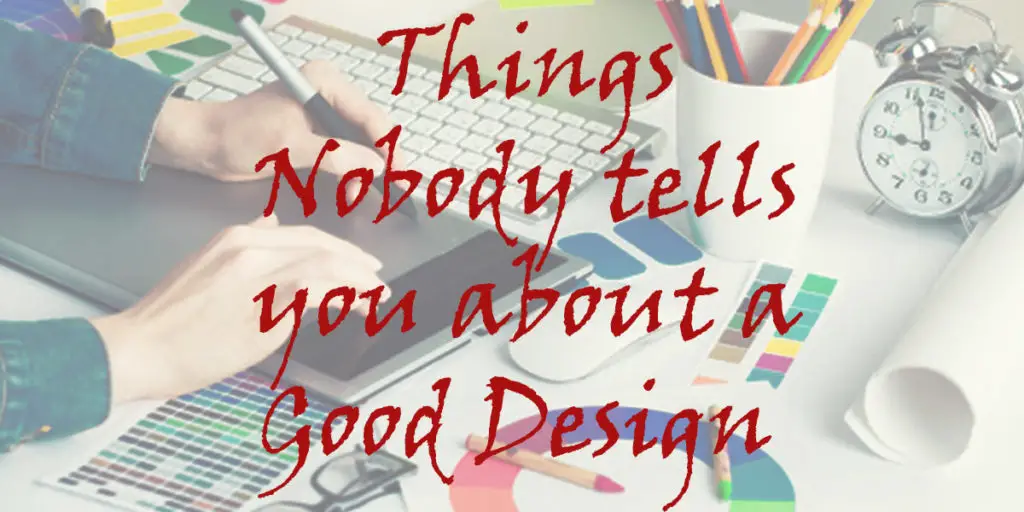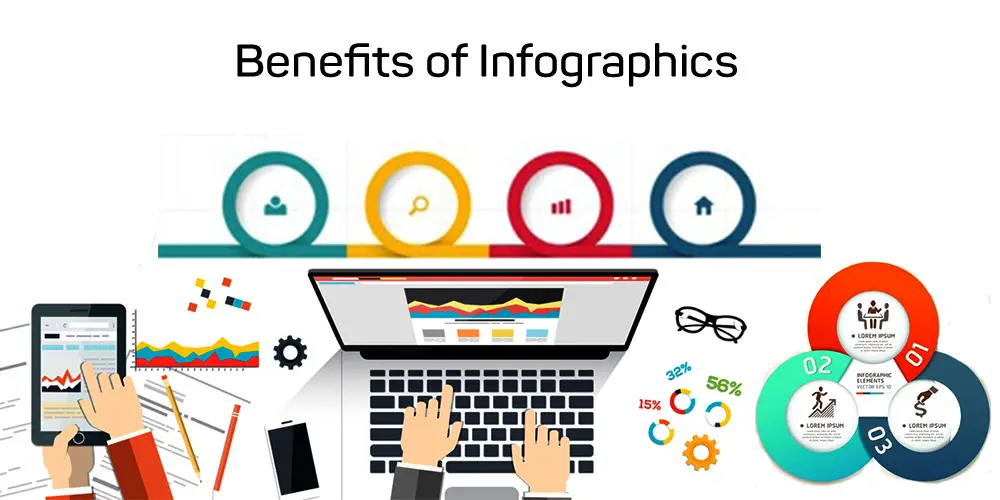THIS ARTICLE MAY CONTAIN AFFILIATE MARKETING LINKS! IN CASE YOU MAKE A PURCHASE THROUGH ONE OF THE LINKS, WE'LL GET A SMALL COMMISSION. WITH NO EXTRA CHARGES TO YOU. THANKS!!
Digital design and graphic design are sometimes mistakenly referred to as one discipline. Both are concerned with creating visual content for a marketing campaign. But the truth is, they are two distinct disciplines. Let’s get started and see what is the difference between digital design and graphic design in this article.
Table of Contents
- What is the difference between Digital Design and Graphic Design?
What is the difference between Digital Design and Graphic Design?
What are a digital design and graphic design?
It is much easier to define the digital model than you might think. The visual content is created for digital environments only. This includes websites, social media networks, and large advertising screens found in shopping malls or streaming video platforms.
Graphic design is, on the other hand, any content that aims to communicate a message to call attention or encourage the purchase of a product. This type of design can be used with traditional media like newspapers, magazines, posters, and other tangible surfaces.
Can both digital and graphic design communicate a message? Yes, they can. But, we must also consider two important differences: how effective each of them is at measuring acceptance and what kind of experience they provide to the target audience.
Notable Differences
How these contents are consumed
This is one of the most important differences. The printed graphic design contains the content and is used in the usual communication mediums such as a brochure or store catalogs. Digital design, however, will always be available in digital media, such as websites, social networks, or other virtual platforms, as the name suggests.
What kind of experience is the consumer getting?
You can offer tactile, smell, and taste experiences depending on which type of design you choose. Graphic design, however, is able to provide tactile, smell, and even taste experiences. These contents will be printed, so they will be tangible. The digital side, however, can provide these experiences but it can interact with users by clicking, dragging, and even visiting related content, if needed. This note explains more about digital media user experiences.
Adaptability in real-time
Another difference between digital and graphic design is the ability to adapt in real-time. This is because printed content can’t be shaped simultaneously with consumption. Digital designs have the “responsive” design which adjusts to any size screen while being consumed. These digital contents can also contain hyperlinks, menus, and other sections if you wish to enrich your experience.
Production costs
The production costs of both a traditional and digital graphic design can vary depending on the size of the content. The digital format has the advantage because unlike printed media, which require a large budget, they can be reduced to a minimum due to the virtual nature of resources and the lack of other raw materials.
Digital design and Graphic design: An evolutionary step
Both disciplines exist, and they are presented separately. However, both have the same purpose: design. It is possible to become a digital designer but the curriculum for graphic design careers includes many topics related to digital.
The traditional tools for designing were still in use before the advent of the internet.
Later, the career grew in scope and was able to take action in the digital world. Design companies were founded to create programs and expand career possibilities.
As we’ve said, graphic design and digital are both meant to visually communicate a message. Your creativity, authenticity, and artistic vision are key ingredients in this ability.
Skills and Knowledge Graphic Designers possess
Designers must possess creativity. He must be able to think up creative ways to present something. Designers must use all their manual skills to achieve impressive results, even if their work is tangible products.
Manual dexterity and ease in the drawing are essential. You don’t have to be an expert but you should be able to draw sketches that will help you get closer to your goals. He must also be able to use and work with different art mediums and materials.
Graphic designers must be able to think on their feet and find solutions within their environment. This professional must be able to provide practical solutions. It is not just creativity. It also impacts the ability to complete tasks on time.
It is important to know the material you will use for your work. This includes not just paper types, but how the design can be applied to any surface. It is also important to understand the methods for working with plastics, fabrics, and metals.
The development of his work is also dependent on his knowledge of aesthetics and art. Designers need to be familiar with color, fonts, and symbols.
Skills and Knowledge Digital Designers possess
The digital designer must be as creative and imaginative as the graphic designer. visual trends are constantly changing, unlike traditional media. This means that the designer must be open to new ideas and variations.
The digital designer must be familiar with the software he uses to create his designs. These types of software have many functions so it is important to take a course in order to fully understand them.
The digital designer must also be familiar with the various formats available for presenting their proposals. The digital designer must be familiar with the dimensions and properties of images for use in the web environment.
Digital designers use more than just the computer. They also use drawing tablets with pens for drawing, tracing, and even mobile phones with design applications. Each one of these tools requires you to be able to use them.
Digital color management is completely different. There are applications that can colorize. On the other hand, colors are perceived differently on screens. Digital designers must be able to manage color and adapt it to their environment.







